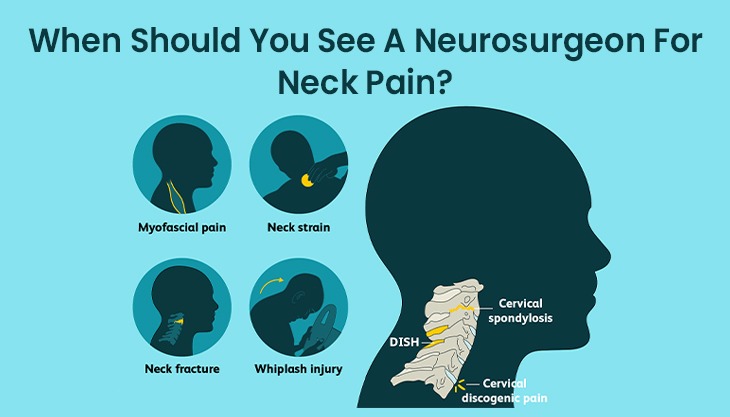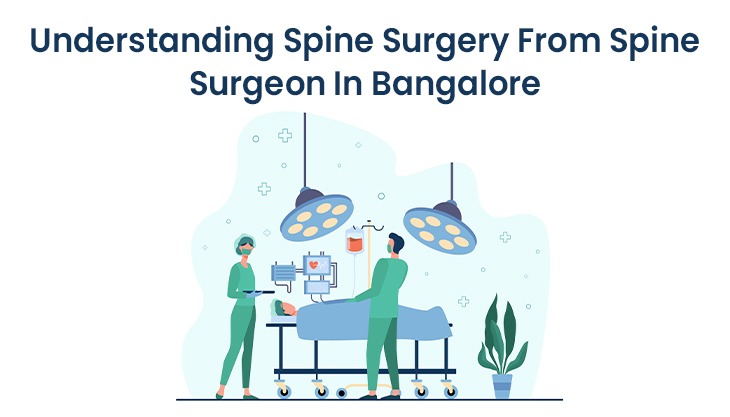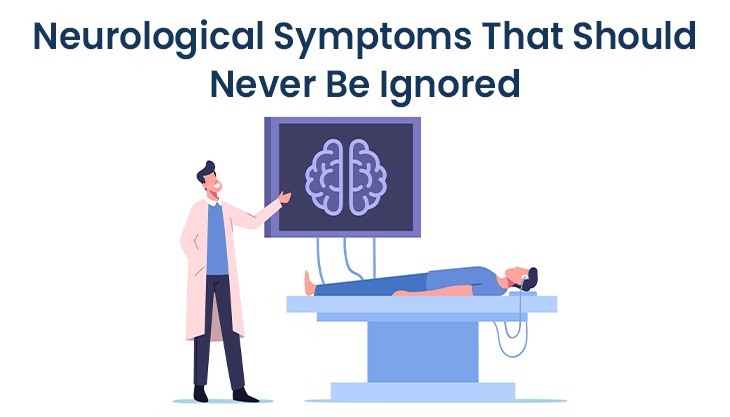Neck pain these days is a prevalent complaint among a lot of people. After spending more than a year working from home, the symptoms of neck pain are fairly evident while working on your makeshift office desk or working on your dining table. Although there are several ways to relieve yourself from such discomfort, like an improved sitting posture, massaging the affected area, getting some form of physical therapy or getting ice and heat baths every once in a while. However, this does not prove helpful in every case.
When this happens the smart choice is to consult your family doctor and get yourself an MRI scan to find out why none of the home remedies successfully cured your neck pain. With an MRI scan the doctor will be able to find out if there is some chronic neurological problem in your body. This may include spine arthritis, bulging discs or some other form of non-muscular condition that is causing the severe pain. If you find out any such problem in your diagnosis it will be the correct time to visit a specialist, i.e., a neurosurgeon who can examine you and treat your condition.
If you do not want to go for an MRI scan or go through such diagnosis then you can also keep an eye out for other red flags that may signal towards any neurological issues you may be having. This may include loss of sensation or weakness in the arms region. This is an indicator that you must pay a visit to your neurosurgeon as early as possible. This is because when your home remedies and cautious precautions fail to cure your pain neurosurgeons can help you get to the source of your pain and treat it. So keep an eye out for the following most common symptoms:-
1> When Pain Treatments Don't Work
When you have already tried treatments like pain relieving injections or other kinds of pain killers and they did not prove effective, it is an indication that the source of your neck pain is some neurological disorder that needs to be surgically treated.
2> When Physical Therapy or Chiropractic Visits Don't Work
A lot of people with neck pain often choose to go for physical or chiropractic therapy. Although these therapies do not relieve you of the pain instantly, it may have long term benefits. But if your pain still continues after such therapies it is better to go for some kind of surgical solution by paying a visit to your neurosurgeon.
3> If You Have Serious Symptoms That Must Be Treated Right Away
When your neck pain is not limited to only your neck region and also affects other areas like your shoulders and arms, it is an indication of an existing serious neurological condition. When you start feeling weakness or numbness in your arms the reason behind this is extreme root nerve compression. This causes compression of spinal cord and an overall imbalance while walking. This is a potential medical emergency and a sign that you should visit your neurologist urgently.
4> When an MRI or a doctor's visit reveals that surgery is needed
If an MRI or a consultation with your primary care physician indicates that your neck pain requires surgical treatment, you can contact a neurosurgeon as soon as possible. Your doctor can make recommendations for whom to contact, but it's always a good idea to seek the advice of a board-certified neurosurgeon. A second opinion will also assist you in evaluating all of your surgical choices in order to choose the most appropriate and secure procedure.
Neck pain can be caused by a number of conditions, each with its own set of symptoms, medications, and recovery times, making it difficult to know when you should see a neurosurgeon.
Neck Pain Surgical Options
Neck pain should be treated conservatively in about 80% of cases. However, if non-surgical treatments fail, surgery can be required. I generally recommend three procedures after examining the patient and reviewing imaging:
The most common treatment for treating neck pain is anterior cervical discectomy and fusion (ACDF). It entails extracting the problematic disc and fusing the above and below vertebrae with a bone graft and titanium plate and screws. ACDF is the gold standard in the treatment of cervical disc disease. When a patient has radiculopathy, or pain that radiates down the arm, we usually use ACDF.
The back section of the spine (called the lamina) is removed during spinal decompression surgery to relieve pressure on the spinal cord. Facetectomy, which eliminates the small joint between the vertebrae to relieve pressure on a nerve, is another form of decompression surgery.
Cervical disc replacement is a relatively recent procedure that has only been around for a few years. It entails the removal of the diseased disc and its replacement with a synthetic disc. Cervical disc replacement works well in the right patient. However, the disc must be the source of the problem. Disc replacement surgery is a safe choice if you have a disc herniation that is causing pressure on a nerve. A disc replacement, on the other hand, will not solve the dilemma if you have spinal arthritis.
After Neck Surgery, How Long Does It Take to Get Back to Normal?
If you're thinking of getting cervical spine surgery to relieve your neck pain, you're probably curious about the healing process. The healing process is the same if you have a discectomy and spinal fusion or a disc replacement surgery.
The majority of patients can only stay in the hospital for one night. Both operations have the same post-operative limits. Heavy lifting is prohibited for six to eight weeks, as is twisting or bending the spine. You will be given pain medication and will be unable to drive or return to work while on it.
Pressure relief and the ability to resume daily activities differs widely between patients and is contingent on your health prior to surgery as well as the severity of your spine problems. Following the post-operative treatment orders and performing physical therapy as directed is critical to healing as soon as possible.






Post Comments